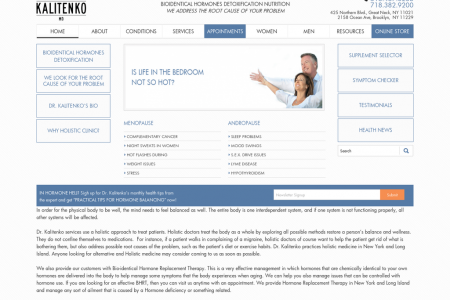
Your Body on Meditation
Your Body on Meditation MEDITATION MYTHS Meditation doesn't have to include: ОНМ... CHANTING RELIGION HAVING AN EMPTY MIND SITTING IN THE LOTUS POSITION SITTING FOR AN HOUR A DAY STEPS TO BEGIN A MEDITATION ROUTINE DO Pick a time Sunrise and sunset are ideal Keep a gentle smile on your face Sit comfortably Helps keep mind relaxed and peaceful Close eyes Keep shoulders and neck relaxed Take deep breaths Sit up straight Steadies breathing rhythms Brings mind to a peaceful place Keep stomach relatively empty A full stomach may cause sleepiness Open eyes slowly when finished A very empty stomach may cause hunger distractions Don't be in a hurry to start moving Warm up Stretch prior to meditating Helps improve circulation Pick a place Allows you to sit longer Quiet and peaceful is ideal SECTIONS OF THE BODY IMPROVED BY MEDITATION EMOTIONS Research by the Massachusetts General Hospital and Boston University shows meditation can help control emotional responses During meditation: The amygdala (a part of the brain that processes emotional stimuli) showed decreased activity Post meditation: Able to focus attention Reduced emotional reactions Experienced more compassion for others Lower levels of stress Increases energy level STRESS STRESS Prevents stress from getting into the system Increases serotonin production which improves mood and behavior and releases accumulated stress BRAIN 4 days of training can enhance attention span Significant increase in left-sided brain activation (associated with joy, interest, and alertness) Reticular formation Frontal lobe Responsible for: Receiving incoming stimuli and alerting the brain to respond Responsible for: Reasoning, planning, emotions, and self-conscious awareness During meditation: Arousal signals reduced During meditation: Tends to shut down Before Meditation After Meditation Thalamus Parietal lobe Responsible for: Focusing attention Responsible for: Processing sensory information about the surrounding world, orienting in time/space During meditation: Incoming information reduced During meditation: Activity slows down НEART 5-year study of patients with coronary heart disease Lowers levels of blood lactate, reducing anxiety attacks 48% 120 80 Lowers high blood pressure Risk reduction for heart attack, death, or stroke rate for those who meditated Decreased thickness of arterial wall reduces chance for heart attack or stroke Changes associated with lower blood pressure and stress SKIN Meditation can decrease stress, Deep breathing increases which can help improve skin cell health ygen flow, which in turn can lessen stress-related skin conditions STOMACH Stress inhibits digestion. Meditation calms the mind and reduces stress Deep breathing increases blood oxygen levels and circulation, easing digestion Reduces anxiety and depression, two of the main triggers for overeating BODY PARTS Decreases any tension-related pain Tension headaches Ulcers Insomnia Muscle aches Joint pain Get your body and mind in shape by devoting a few minutes of your day to meditation. With practice it easily will become part of your daily routine. BROUGHT TO YOU BY: IN PARTNERSHIP WITH: HEALTH PERCH GHERGICH&Co. SOURCES: artofliving.org beautyhigh.com bi.nlm.nih.gov blog.ted.com circoutcomes.ahajournals.org dl.acm.org eocinstitute.org journals.lww.com life.gaiam.com lifehacker.com link.springer.com psychcentral.com psychologytoday.com sciencedirect.com sites.bu.edu
Your Body on Meditation
Source
http://www.n...editation/Category
HealthGet a Quote












